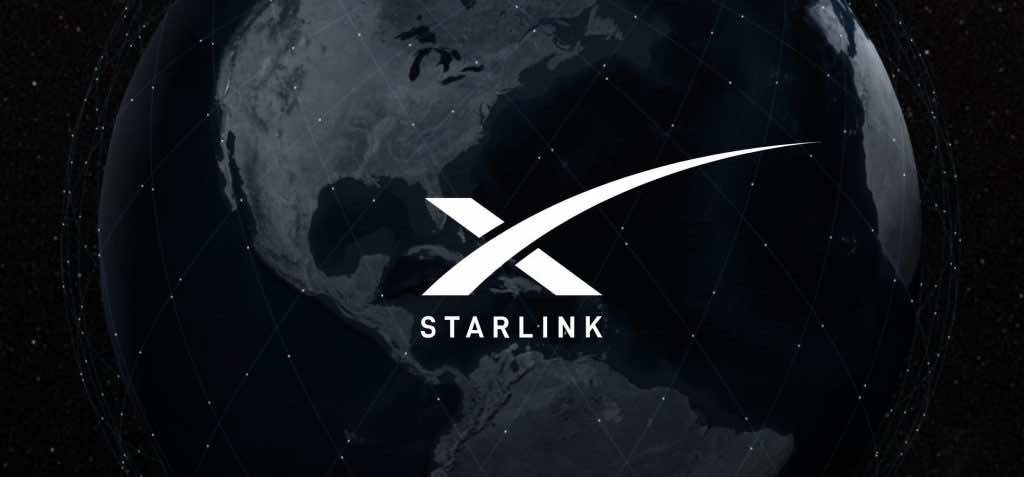Starlink is Elon Musk’s attempt at providing the whole world with a high-speed internet connection via an array of satellites, especially in remote areas where finding a good internet connection is very difficult. Starlink company president Gwynne Shotwell said a week ago that Starlink was aiming for a September timeframe for continuous global coverage but that date was pushed ahead to August after Musk spoke at MWC.
It now seems that Starlink requires a serious amount of investment if it actually wants to survive long enough to meet its projected user goals. Musk said that “If we succeed in not going bankrupt, then that’ll be great, and we can move on from there”. According to his calculations, Starlink needs around $20 to $30 billion to survive. He explained that to meet their goals they were also looking at potential partnerships.

According to Musk, Starlink already reeled in two big partnerships with telcos in major countries. Musk also claimed that “You can think of Starlink as filling in the gaps between 5G and fiber. We’ll have 500,000 users within 12 months. It’s growing rapidly, and we’re continuing to [roll out] the user terminal”. The question is will the venture survive those 12 months considering the sheer amount of investment it needs.
Regarding the partnerships, Musk said that “We have two quite significant partnerships that — with major country telcos and we are in discussions with others. This is helpful because a number of countries have requirements that — in order to receive a 5G license, you also have to provide rural coverage. So sometimes urban customers end up subsidizing rural customers”.
Customers participating in the beta now are already paying $99 per month after the equipment cost of $499. The equipment includes a tripod, WiFi router, and terminal to connect to the satellites. This could all be a classic Musk move as well. Touting high investment costs to get the technology scaled up to a sizeable amount so that other investors will be less keen to invest in similar ventures.

Starlink already projected a $30 billion annual revenue stream back in 2020 but this number requires millions of users to opt for the service. According to Tim Farrar, analyst and president of TMF Associates, who spoke with the folks at Reuters “It is not implausible to get this number (a few million) to make the system not go bankrupt. But this is not enough to justify the valuation of SpaceX”.
He also said that “The more Elon talks up that he is going to invest tens of billions, the harder it becomes for other people. Obviously, that’s the big part of Musk’s objective: to limit competition”.


